- Category
- All brands
- Aalborg
- Aerstone
- Ailsa Bay
- Amarula
- Asbach
- Beluga
- Benriach
- Bols
- Bols Genever
- Borghetti
- Bottega Grappa
- Bottega Liquori
- Brancamenta
- Brasilberg
- Brugal
- Bunnahabhain
- Caffè Borghetti
- Camus
- Carpano
- Carpano Antica Formula
- Carpano Botanic Bitter
- Carpano Punt e Mes
- Chambord
- Deanston
- Dettling 1867
- Dettling Kirsch
- Dettling Kirsch Likör
- Diplomatico
- Disaronno
- Drambuie
- el Jimador
- Fernet-Branca
- Finlandia
- Florio
- Galliano
- Gensac
- Gilka Kaiserkümmel
- Gin Mare
- Glenfiddich
- Glenglassaugh
- Gold Strike
- Graham’s Port
- Grant’s
- Hakutsuru
- Hendrick’s Gin
- Henkes
- Herradura
- Highland Park
- Jack Daniel’s
- KAH
- Koskenkorva Liqueur
- Koskenkorva Vodka
- Ledaig
- Licor 43
- Linie
- Malteserkreuz
- Marmot
- Monkey Shoulder
- Moskovskaya
- Passoã
- Pisang Ambon
- Pitú do Brasil
- Rabarbaro Zucca
- Romano Levi
- Sailor Jerry
- The Balvenie
- The Famous Grouse
- The GlenDronach
- The Glenrothes
- The Macallan
- Tia Maria
- Tobermory
- Tullamore D.E.W.
- Túnel de Mallorca
- Underberg
- Védrenne
- Verpoorten
- Villa Massa
- Woodford Reserve
- XUXU
- Yellow Rose
- All brands
- Albino Armani
- Arínzano
- Arrogant Frog
- Bisceglia
- Casa Silva
- Château Beaulieu
- Côté Mas
- Cruz de Alba
- Destino
- Domaine Laroche
- Dona Maria
- Duca di Salaparuta
- Ettore Germano
- Fleur du Cap
- Frei Brothers
- Gran Sasso
- Grattamacco
- Lalomba
- Maison Champy
- Mar de Frades
- Ogier
- Pampelmu.se
- Pampelmu.se
- Passo Sardo
- Payr
- Prats & Symington
- Ramón Bilbao
- Raphael Dal Bo
- Rutini Wines
- Tianna Negre
- Vanitá
- Via Serta
- Vignamaggio
- All brands
- All brands
Log in
- Category
- American Whiskey
- Aperitif
- Aquavit
- Asian Specialities
- Cachaça
- Cherry and Fruit Brandies
- Cognac, Armagnac and Brandy
- Genever
- Gin
- Grappa
- Herbal Specialties
- Irish Whiskey
- Liqueurs
- Original Berlin Caraway
- Port and Marsala
- Rum
- Sambuca
- Scotch Whisky
- Tequila
- Vermouth
- Vodka
- Marken
- Aalborg
- Aerstone
- Ailsa Bay
- Amarula
- Asbach
- Beluga
- Benriach
- Bols
- Bols Genever
- Borghetti
- Bottega Grappa
- Bottega Liquori
- Brancamenta
- Brasilberg
- Brugal
- Bunnahabhain
- Caffè Borghetti
- Camus
- Carpano
- Carpano Antica Formula
- Carpano Botanic Bitter
- Carpano Punt e Mes
- Chambord
- Deanston
- Dettling 1867
- Dettling Kirsch
- Dettling Kirsch Likör
- Diplomatico
- Disaronno
- Drambuie
- el Jimador
- Fernet-Branca
- Finlandia
- Florio
- Galliano
- Gensac
- Gilka Kaiserkümmel
- Gin Mare
- Glenfiddich
- Glenglassaugh
- Gold Strike
- Graham’s Port
- Grant’s
- Hakutsuru
- Hendrick’s Gin
- Henkes
- Herradura
- Highland Park
- Jack Daniel’s
- KAH
- Koskenkorva Liqueur
- Koskenkorva Vodka
- Ledaig
- Licor 43
- Linie
- Malteserkreuz
- Marmot
- Monkey Shoulder
- Moskovskaya
- Passoã
- Pisang Ambon
- Pitú do Brasil
- Rabarbaro Zucca
- Romano Levi
- Sailor Jerry
- The Balvenie
- The Famous Grouse
- The GlenDronach
- The Glenrothes
- The Macallan
- Tia Maria
- Tobermory
- Tullamore D.E.W.
- Túnel de Mallorca
- Underberg
- Védrenne
- Verpoorten
- Villa Massa
- Woodford Reserve
- XUXU
- Yellow Rose
- Marken
- Albino Armani
- Arínzano
- Arrogant Frog
- Bisceglia
- Casa Silva
- Château Beaulieu
- Côté Mas
- Cruz de Alba
- Destino
- Domaine Laroche
- Dona Maria
- Duca di Salaparuta
- Ettore Germano
- Fleur du Cap
- Frei Brothers
- Gran Sasso
- Grattamacco
- Lalomba
- Maison Champy
- Mar de Frades
- Ogier
- Pampelmu.se
- Pampelmu.se
- Passo Sardo
- Payr
- Prats & Symington
- Ramón Bilbao
- Raphael Dal Bo
- Rutini Wines
- Tianna Negre
- Vanitá
- Via Serta
- Vignamaggio
Scotch Whisky
Devotees of Scotch Whisky abound worldwide: craving the chance to sample a range of Single Malts and Blend Whiskies. Single Malt Scotch Whisky stands out for its exceptional quality and flavorful aroma, shaped by the individual regions in which it is distilled and stored for decades. But Scotch Blend Whisky, uniting a range of whiskies blended with up to 50 other varieties, is also very popular worldwide.
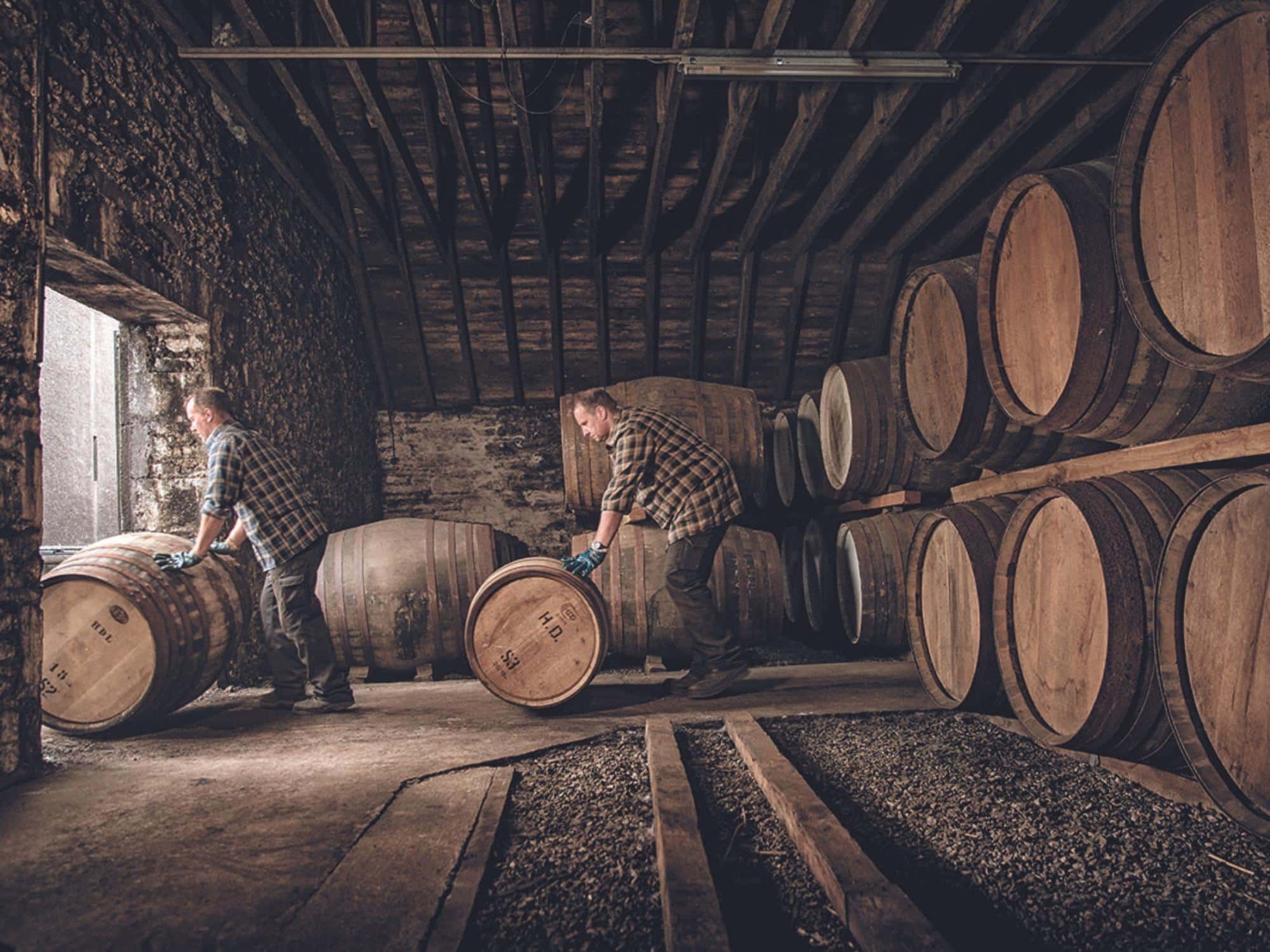
Our Scotch Whisky Brands


Glenfiddich
For 20 years, William Grant nurtured a dream to make the «best dram in the valley». With the help of his family, he finally achieved his vision. In the summer of 1886, with his seven sons and two daughters by his side, William set out to fulfil a lifelong ambition. Together they began building a distillery, stone by stone. After a year of hard work it was ready, and William named it Glenfiddich, Gaelic for 'valley of the deer'. William’s passion, determination and pioneering spirit continue to guide Glenfiddich today. To this day, the world's most awarded single malt Scotch whisky is still made in the distillery, which remains entirely family owned and reflects its founder’s innovative nature, passed down through five generations.
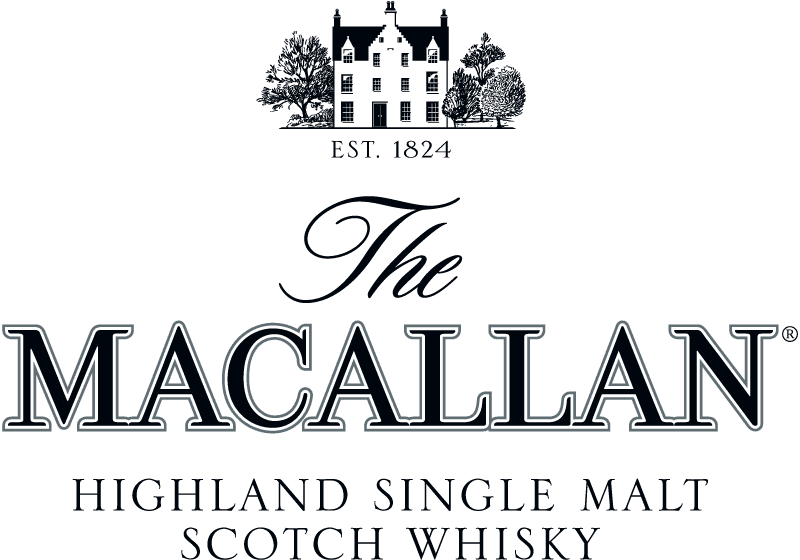

The Macallan
The elegant Macallan Distillery is located on a hill near the banks of the river Spey and the village of Craigellachie. The location and climate in this area, where the Spey rapidly runs its course in the shadow of the Grampian Mountains, create the unique conditions for whisky making. The enthusiasm for quality has always been the hallmark of The Macallan. Since it was founded by Alexander Reid in north-east Scotland, The Macallan has been a byword for excellence and perfection. The distillery's impressive reputation is based on a product of unmatched quality with unmistakable character and world-renowned cask management. The hand-picked casks are sourced, crafted, toasted and seasoned under the watchful eye of The Macallan's Master of Wood and finally filled with the 'new make' spirit, The Macallan's fresh distillate. All The Macallan whiskies owe 100% of their colour to the wooden casks in which they mature. In 2018, The Macallan unveiled its new distillery on its Speyside estate. The impressive contemporary architecture of the building, which is set into the landscape of the estate, follows the natural line of the Scottish hills. The new distillery marks an important milestone and heralds a new and exciting chapter in the history of this outstanding single malt.

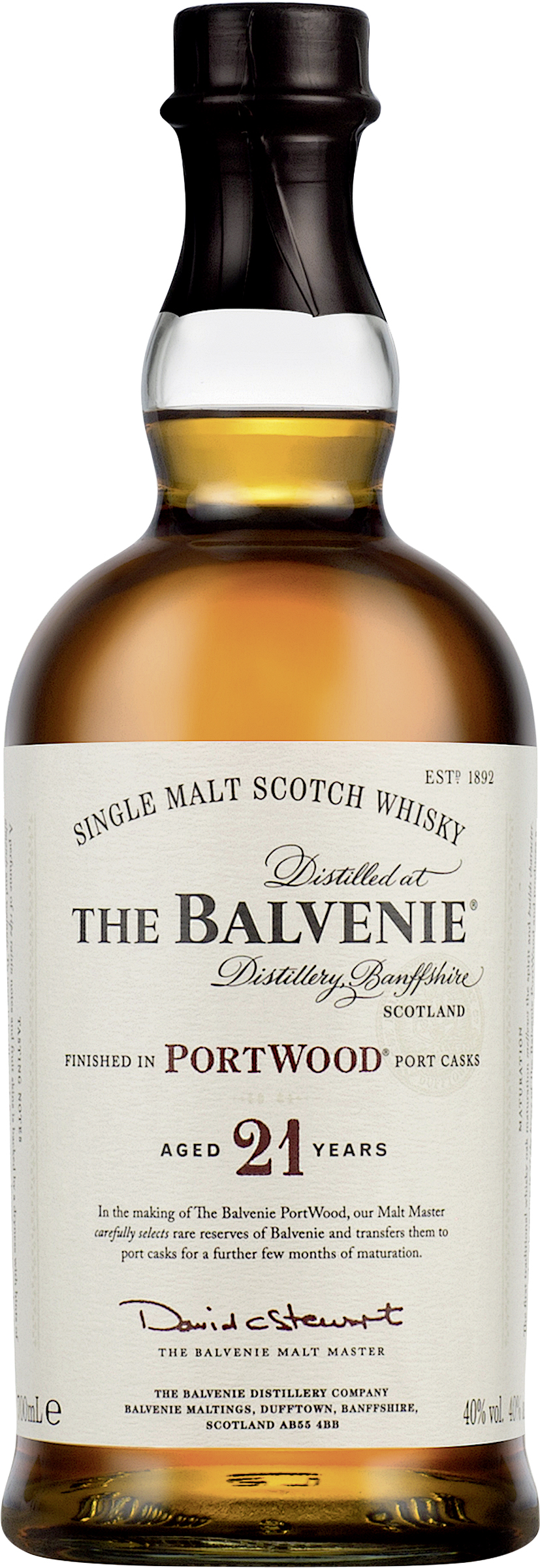
The Balvenie
The Balvenie Distillery has changed very little since its inception. To this day, its single malts are produced in the traditional way, giving these whiskies their unique flavour. The Balvenie is the only distillery that still grows its own barley, practises the traditional floor malting method and employs its own coppersmith and coopers. This is why The Balvenie is still one of the malts that involves the highest level of craftsmanship. The close cooperation that exists between David Stewart and the distillery’s coopers means that new kinds of wooden barrels are constantly being developed. Each whisky has its own individual flavour, but they are all rich and extremely smooth with underlying notes of sweet honey. Together with its sister distillery, Glenfiddich, The Balvenie is still an independent business and owned by the family of its founders.


Benriach
A Speyside single malt Scotch whisky as intriguing and exceptional as Benriach would be inconceivable without the unique whisky-making heritage, dating from 1898, that was established when founder John Duff built his distillery. The Benriach Distillery is located on the site of the old Riach Farm north of Speyside and draws its water from a mineral-rich aquifer deep beneath the distillery. It is one of just two Speyside distilleries with its own malthouse. Thanks to the long-standing tradition of distilling whisky in three distinct styles – classic unpeated, Highland peated and triple distilled – and an eclectic selection of cask types from around the world, the whisky makers of Benriach can explore the full range of flavour possibilities, creating some of the richest, most multi-layered whiskies in Speyside. This tradition is continued today under the supervision of Master Blender, Dr. Rachel Barrie. Benriach is the story of a hidden Speyside gem, quietly revealing its treasures to be discovered and savoured.
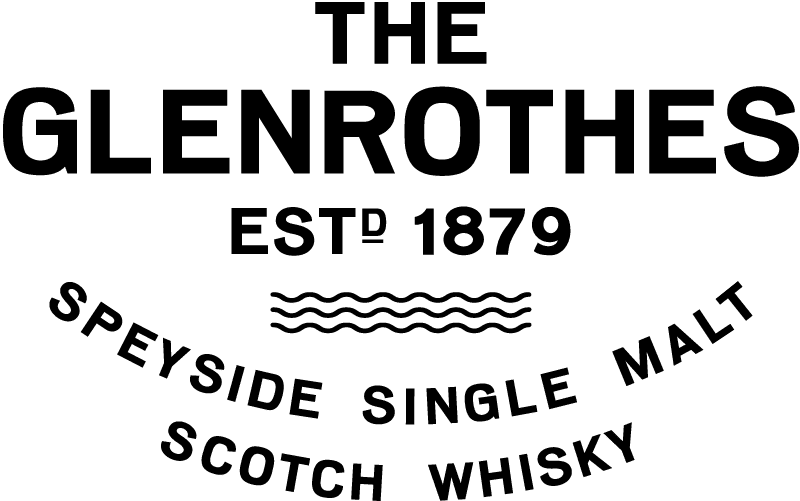
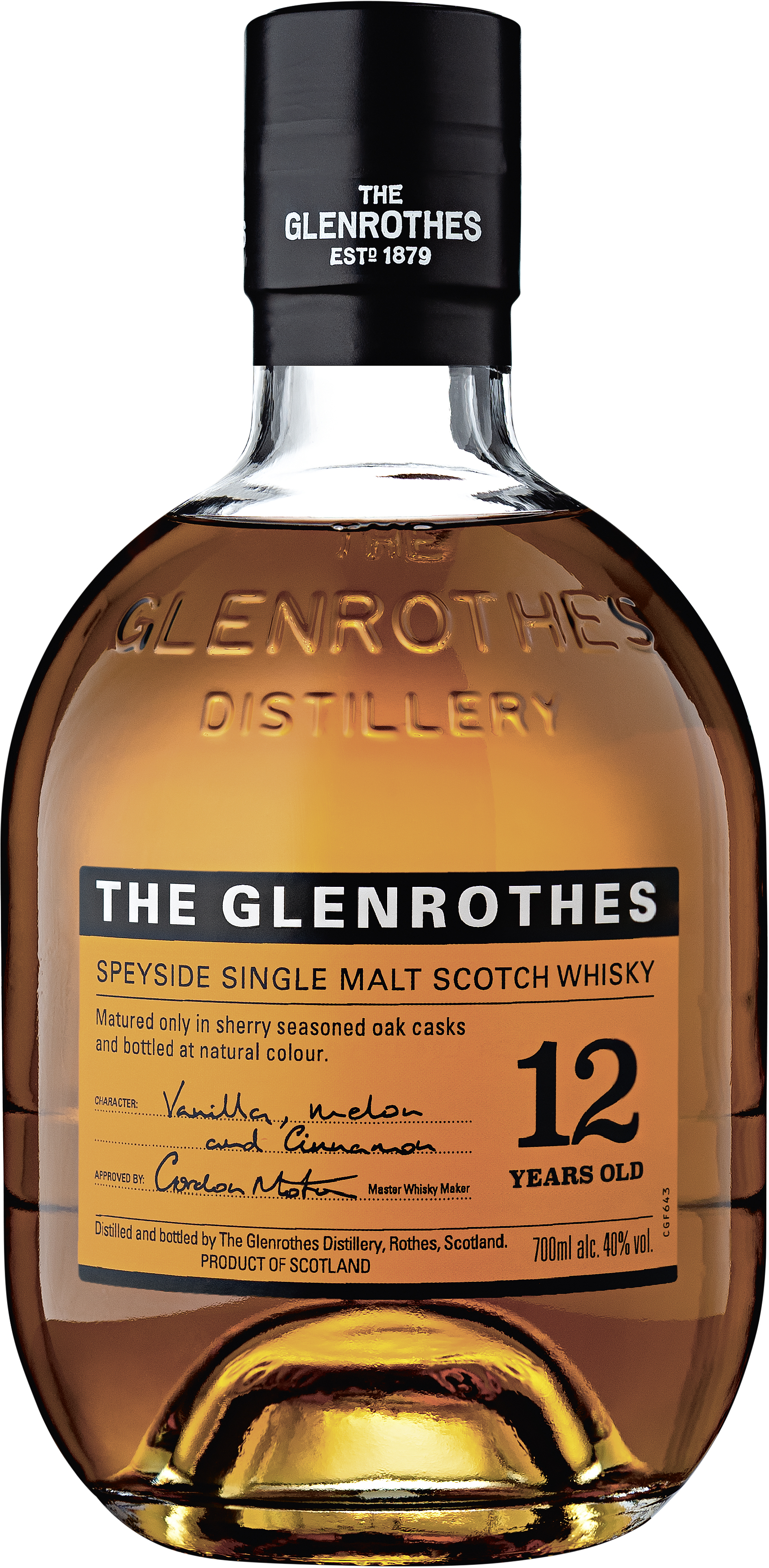
The Glenrothes
Founded in 1879, the award-winning The Glenrothes distillery is located at the foot of the Mannoch Hills, on the banks of the little river Rothes Burn. The water used for the distillation of The Glenrothes comes from two nearby springs, The Ardcanny and The Brauchhill. The Glenrothes whiskies are characterised by careful maturation in select sherry oak casks. Nearly 90% of the distillery's casks have previously held sherry, pressed from white grapes grown in Andalusia, in the vineyards near Jerez de la Frontera, Spain. Launched in 2018, the Soleo Collection renews the previous Vintage and Reserve portfolio and pays homage to the whisky's unique production process. In the traditional Soleo process, the grapes are spread out and dried in the hot Andalusian sun. As soon as their colour changes from fresh green and golden yellow to deep purple, the ideal moment for fermentation has arrived. Complex, full-bodied and beautifully balanced, each dram is a testament to the superior craftsmanship of The Glenrothes and their passion for high quality raw materials, a careful distillation process and casks of the highest quality.


The GlenDronach
The GlenDronach is a true Highland-style whisky: a heavy and robust spirit, perfect for a long maturation period in sherry casks. At The GlenDronach Distillery, the tradition of founder James Allardice has been carried forth since 1826, maturing the whisky in the finest Pedro Ximénez and Oloroso sherry casks. The distillery continues to work towards mastering the art of sherry cask maturation, Its Highland whiskies are recognised for their deep colour and rich flavour profiles. The Pedro Ximénez casks are responsible for the sweet, fruity flavours, while the dry and nutty notes are derived from the superb Oloroso casks. The well-kept secrets of The GlenDronach have been guarded for nearly 200 years by a parliament of rooks who love the whisky so much that they try to nest in the warehouses. The distillery staff believe that, as long as the rooks remain in the distillery, it will be good for the whisky.
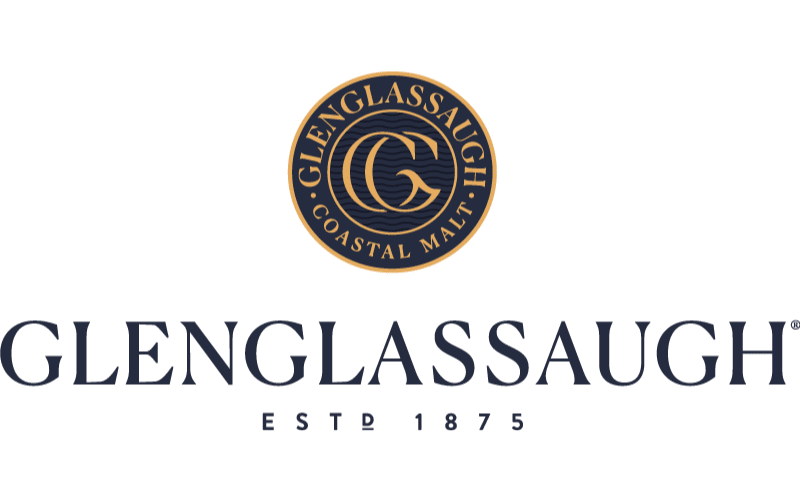

Glenglassaugh
Glenglassaugh, am östlichen Ende der schönen Sandend Bay, wurde 1875 von James Moir gegründet. Er machte sich schnell einen Namen als Hersteller von Qualitätswhisky und das Unternehmen florierte. 1892 wurde die Destillerie von Highland Distillers übernommen. 1960 erfolgte ein kompletter Umbau und Glenglassaugh produzierte weiter bis sie 1986 geschlossen wurde. 2008 kaufte eine Investorengruppe den Betrieb und die Produktion wurde wieder aufgenommen. Es folgten mehrere Besitzerwechsel, bis Glenglassaugh 2016 in den Besitz von Brown-Forman überging. Heute läuft die Produktion auf Hochtouren und die Marke Glenglassaugh hat sich einen komplett neuen Auftritt verpasst. Mit einem neuen Logo, einem modernen Flaschendesign und einem konsequenten Bekenntnis zum Standort am Meer, sind sowohl Logo als auch Flaschendesign von Meer und Strand inspiriert Die neuen Produkte werden unter der Bezeichnung «Coastal Single Malt» geführt und verkörpern in jeder Hinsicht den maritimen Stil der Marke.

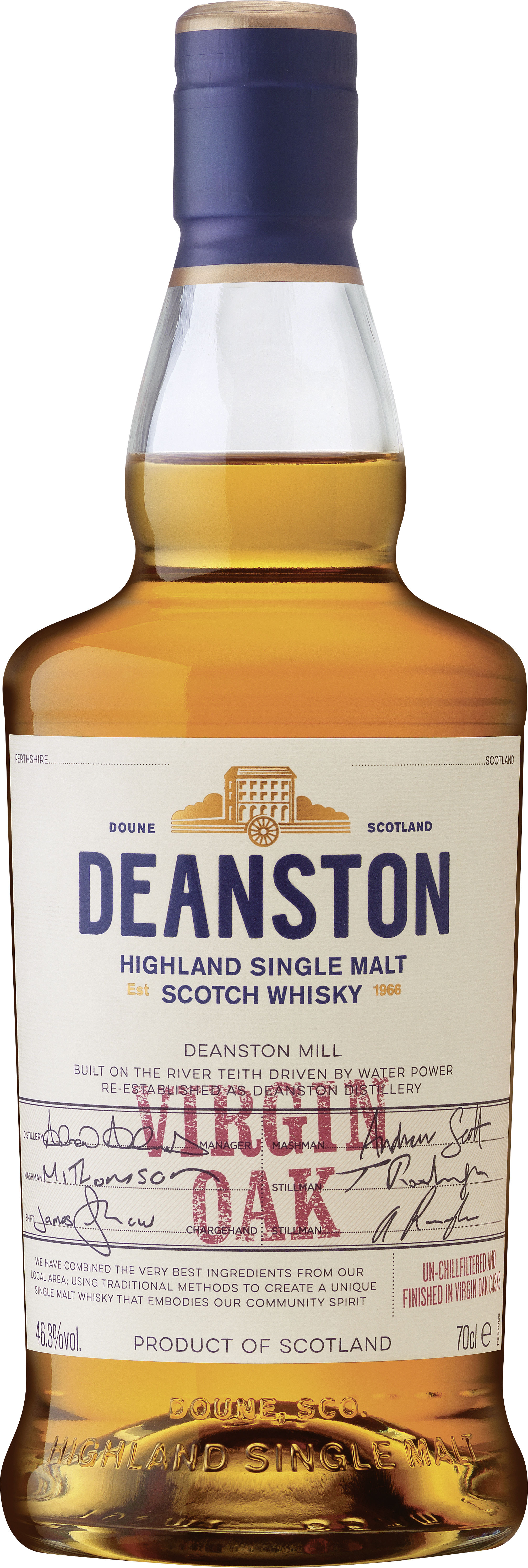
Deanston
The Adelphi Cotton Mill was founded in 1785. In its heyday, the mill employed almost 1,500 people. With success came expansion and even its own currency. In 1830, one of the largest water wheels in Europe was installed there in 1949, this was replaced by electric turbines – the same turbines that the village of Deanston can still rely on today. When Deanston's cotton mill closed for good in 1965, it seemed that the parish's trading days were over. Then along came Brodie Hepburn and his entrepreneurial partners. Where others saw only challenges, they recognized potential. And thus, the Deanston Distillery began operations in 1966. The first bottle of Deanston was produced eight years later, in 1974.
in 1949, this was replaced by electric turbines – the same turbines that the village of Deanston can still rely on today. When Deanston's cotton mill closed for good in 1965, it seemed that the parish's trading days were over. Then along came Brodie Hepburn and his entrepreneurial partners. Where others saw only challenges, they recognised potential. And thus the Deanston Distillery began operations in 1966. The first bottle of Deanston was produced eight years later, in 1974.


Ailsa Bay
Ailsa Bay follows in the footsteps of the Ladyburn Distillery, a malt whisky distillery that once stood on the estate grounds of the Girvan grain whisky distillery. Growing demand for its blended whiskies and reaching its capacity limits with the Glenfiddich and The Balvenie distilleries prompted William Grant & Sons to build the Ailsa Bay distillery. The distillery was built in 2007 and, following an extension in 2013, now has 16 stills and a capacity of 12 million litres. The state-of-the-art distillery boasts many innovations. By using different cooling systems for distillation, varying the cutting points of foreshots and feints and varying the smoke compounds, the distillery produces five different raw spirits, which can then be used to make various types of whisky. A separate process developed by Master Blender Brian Kinsman can also determine the sweetness of the whisky, which is displayed on the bottle in sweet parts per million (SPPM).


Aerstone
Aerstone is a single malt Scotch whisky made by William Grant & Sons, which was launched in the UK in 2018. It comes in two variants: the smooth and easy Sea Cask and the rich and smoky Land Cask. William Grant & Sons have found that many aficionados consume blended whiskies and bourbon and are actually interested in single malts but feel intimidated by the language used to describe the taste of whisky, as it seems complicated to them. Aerstone is designed to make the language and the whisky more accessible and to provide clear, easy-to-understand information about the taste on the label. At the same time, this whisky may inspire even experienced single malt lovers, who already know their preferred taste profiles and appreciate a good everyday whisky. The name alludes to the Scots Gaelic word for 'air', which affects the maturation process.

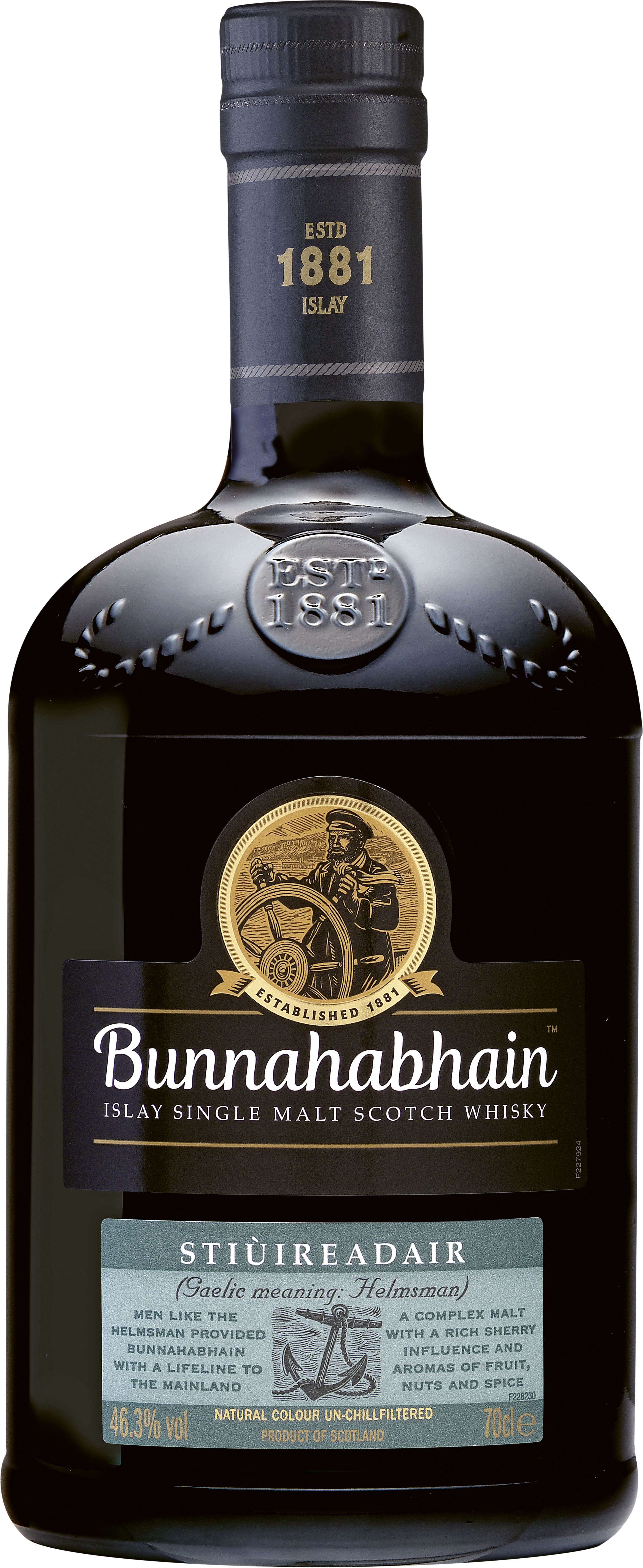
Bunnahabhain
Bunnahabhain was founded in 1881 and is the most northern of the Islay distilleries and also one of the most remote. The name Bunnahabhain means «mouth of the river», a reference to the Margadale River from whose clear spring water the whisky is distilled. In the early years, the distillery focused on sea trade due to its regional remoteness. Armed with a pier and plenty of whisky-making knowledge, the makers received supplies by boat and sent adventuring seafarers back to the mainland along the Sound of Islay with casks of «liquid gold». This audacious spirit and coastal life have shaped the character of Bunnahabhain. As in the past, Bunnahabhain is the only distillery on Islay that makes whisky from pure spring water.
it also has the highest stills on the island. These two factors together give the whisky a light, aromatic and complex flavour.

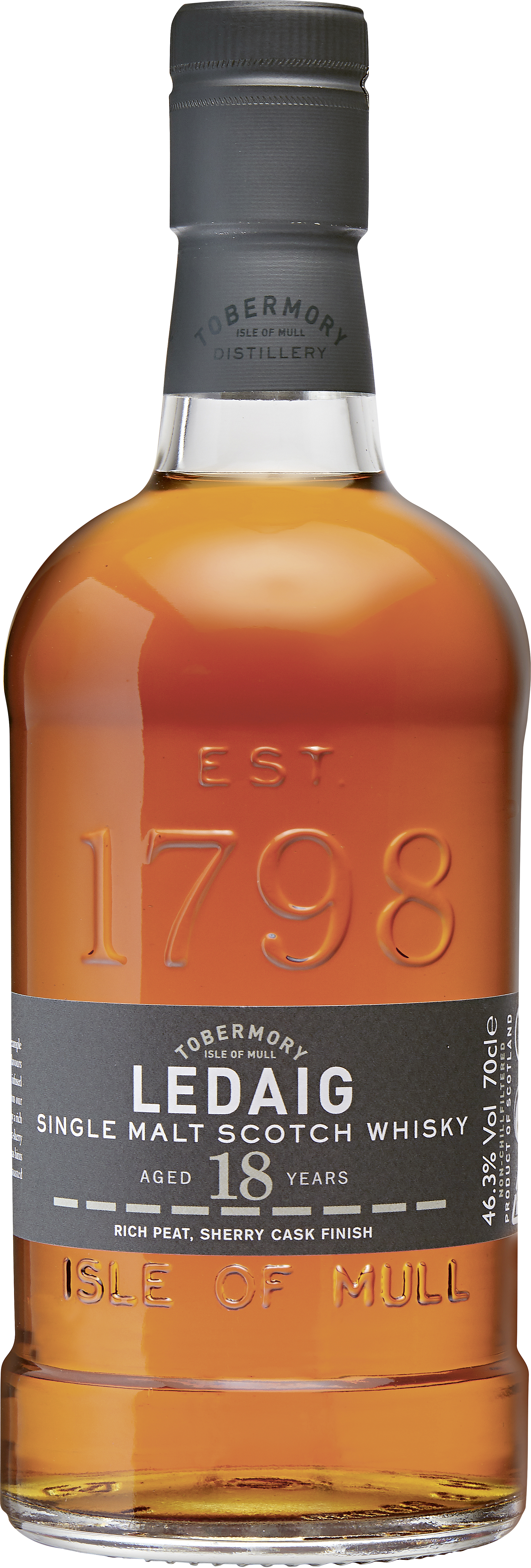
Ledaig
The present-day Tobermory Distillery in its idyllic location on the Isle of Mull is the only distillery on the island and is one of the oldest commercial distilleries in Scotland. It was founded in 1798 by John Sinclair as Ledaig Distillery (pronounced «Letch-ick», the name means «safe haven» in Scots Gaelic). Tobermory's past is as colourful as the town's seafront promenade, with a chequered history marked by closures and financial difficulties. Since 1993, award-winning single malt Scotch whiskies have been maturing in the listed warehouses. The distillery produces two different malts, each of which is made for half a year: the unpeated Tobermory and the heavily peated Ledaig single malt. Both originate from the same stills but different types of barley are used to make the two whiskies.

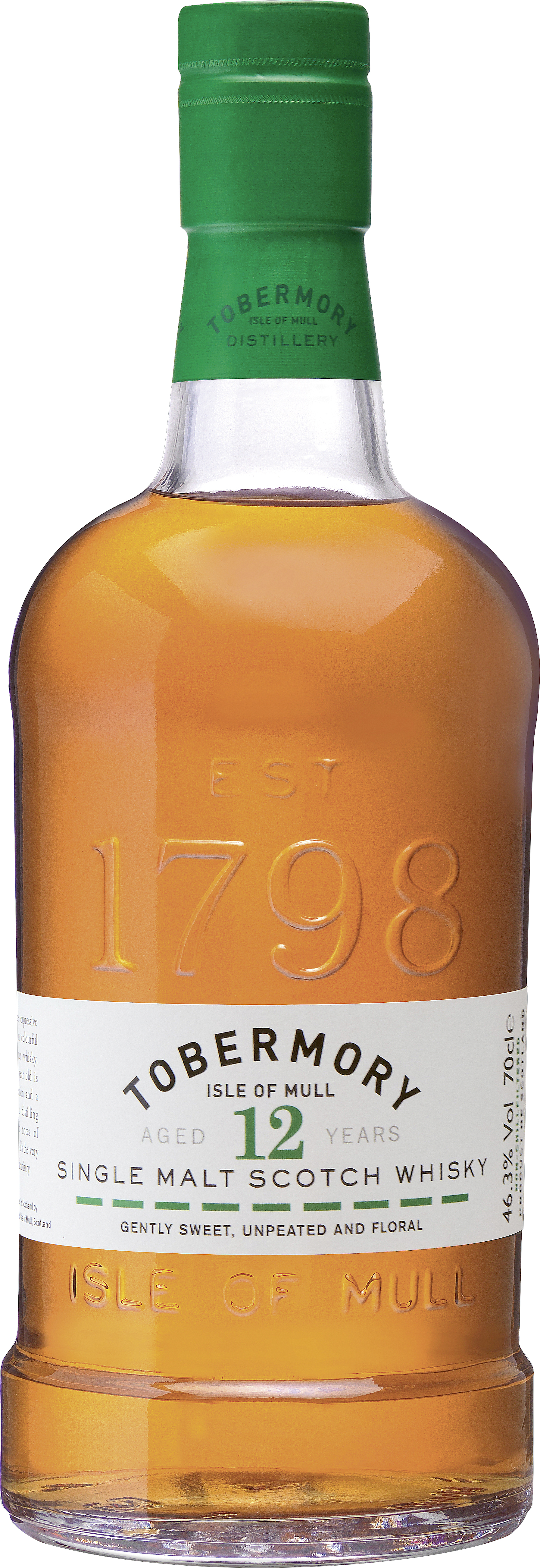
Tobermory
The present-day Tobermory Distillery in its idyllic location on the Isle of Mull is the only distillery on the island and is one of the oldest commercial distilleries in Scotland. It was founded in 1798 by John Sinclair as Ledaig Distillery (pronounced «Letch-ick», the name means «safe haven» in Scots Gaelic). Tobermory's past is as colourful as the town's seafront promenade, with a chequered history marked by closures and financial difficulties. Since 1993, award-winning single malt Scotch whiskies have been maturing in the listed warehouses. The distillery produces two different malts, each of which is made for half a year: the unpeated Tobermory and the heavily peated Ledaig single malt. Both originate from the same stills but different types of barley are used to make the two whiskies.

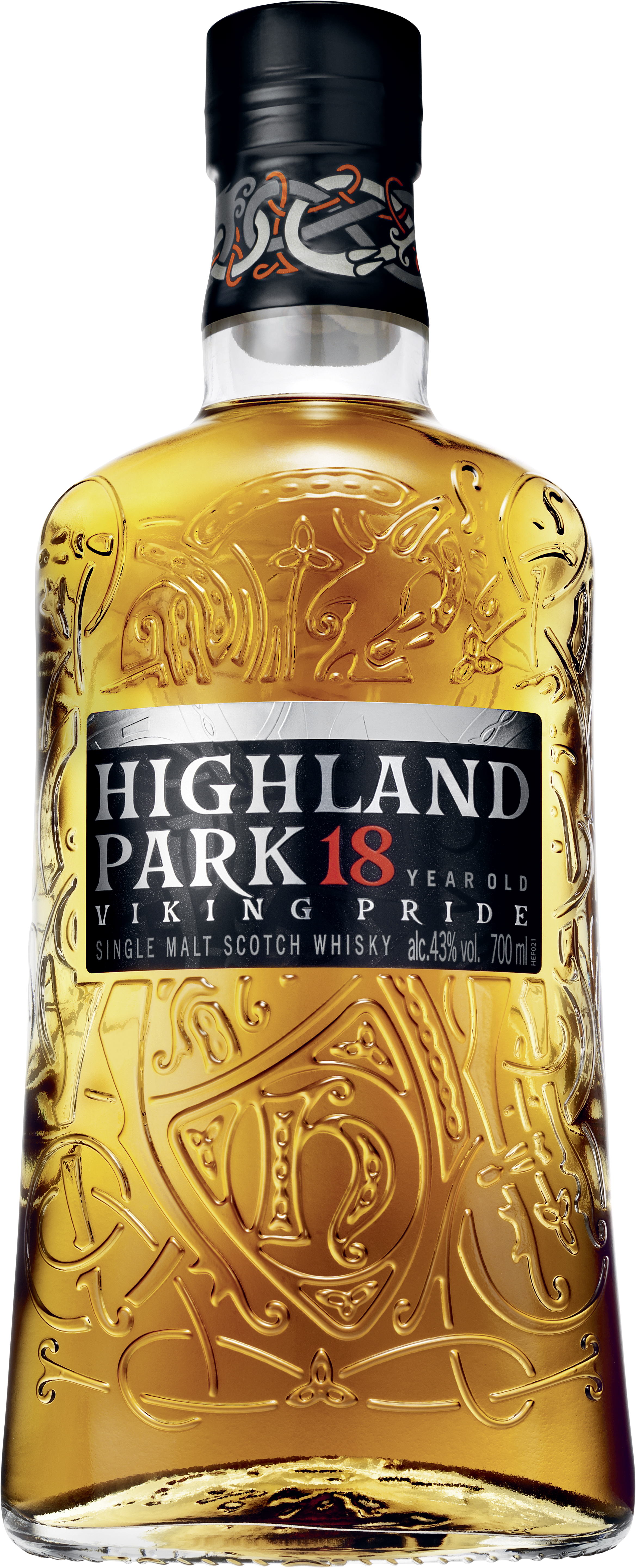
Highland Park
The Highland Park distillery is located on the Orkney Islands off the northernmost tip of Scotland. Magnus Eunson – a butcher and church official by day, a smuggler by night – set up an illicit still in a small hut in Highland Park with a view over Kirkwall. The distillery is still located there today. While Highland Park was officially founded in 1798 – in truth this was the year in which the authorities were finally able to arrest Magnus – whisky had already been distilled there previously. With the exception of smuggling, very little has changed since then at Highland Park. The distillery has remained true to the high standards of quality set by its founder more than 220 years ago. The following five keystones of production are vital for achieving this quality: aromatic peat from Hobbister Moor, hand-turned floor malting, exquisite sherry-seasoned oak casks, cask maturation under ideal conditions in a temperate climate, and slow cask harmonisation. These five keystones make Highland Park one of the best single malts in the world. These whiskies have a very distinct character and are renowned for their subtle smoky sweetness; even today they still pay tribute to their Viking ancestry.
hand-turned floor malting
exquisite sherry-seasoned oak casks
cask maturation under ideal conditions in a temperate climate
and slow cask harmonisation. These five keystones make Highland Park one of the best single malts in the world. These whiskies have a very distinct character and are renowned for their subtle smoky sweetness
even today they still pay tribute to their Viking ancestry.
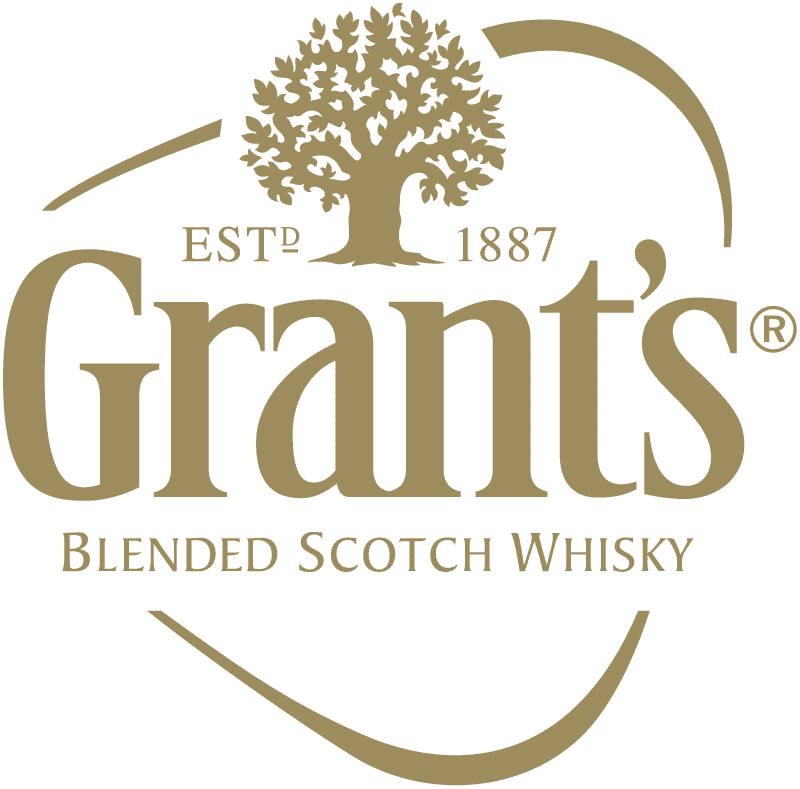

Grant’s
William Grant & Sons is the oldest family-owned business in the whisky industry. It was established in 1887. William Grant's descendents still lead the company today. It is the world's third-largest producer of whisky and owns six different distilleries that produce single malt, triple malt and blended whisky in addition to other spirits. Grant’s Family Reserve Whisky is based on the light whisky produced by the Girvan distillery, whose fruity note is praised by connoisseurs. Grants Family Reserve is one of the world's most popular Scotch whiskies and is available in more than 180 countries.

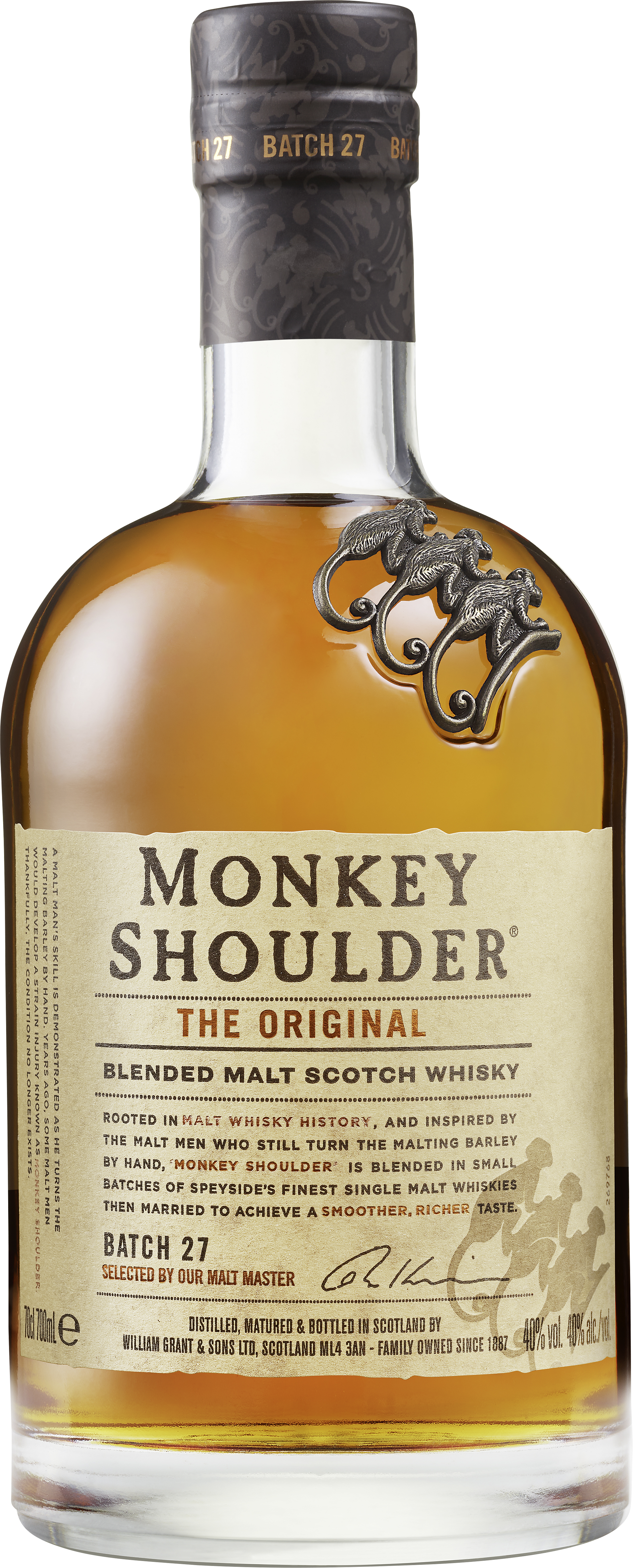
Monkey Shoulder
The name is reminiscent of the tradition: in the past, distillery workers used shovels to turn the malting barley by hand, hour after hour. This hard manual work sometimes led to shoulder pain and caused the workers' arms to hang down a bit like a monkey’s. These temporary injuries were known as «monkey shoulder», inspiring the name of this Scotch. Monkey Shoulder is a combination of three Scottish single malt whiskies – hence the name Triple Malt – all of which are matured in old oak bourbon casks, which explains the incredibly smooth and mild vanilla flavour. In contrast to conventional blends, Monkey Shoulder consists of 100% malt whisky, producing a rich blended malt of exceptional smoothness.


The Famous Grouse
In the 18th century, after taking over the food and wine business run by his wife’s family, Matthew Gloag founded Matthew Gloag & Sons, a company whose activities included the purchase and sale of whiskies from a number of different distilleries. In 1896, his grandson, also named Matthew Gloag, created his first blended whisky from various malt whiskies, including The Glenrothes, Highland Park Single Malt, Tamdhu and The Macallan Single Malt. Some 65% of the spirit content is grain whisky. Matthew Gloag called his blend «The Grouse Brand» in the expectation that many hunters would take a break in Perth during the hunting season. His daughter Philippa designed the label's grouse icon, displaying Scotland’s national bird. The whisky sold so well right from the start that after just a few years, the name «The Famous» was added and the word ‘Brand’ was dropped. And thus the much-loved whisky has been known as The Famous Grouse to this day.
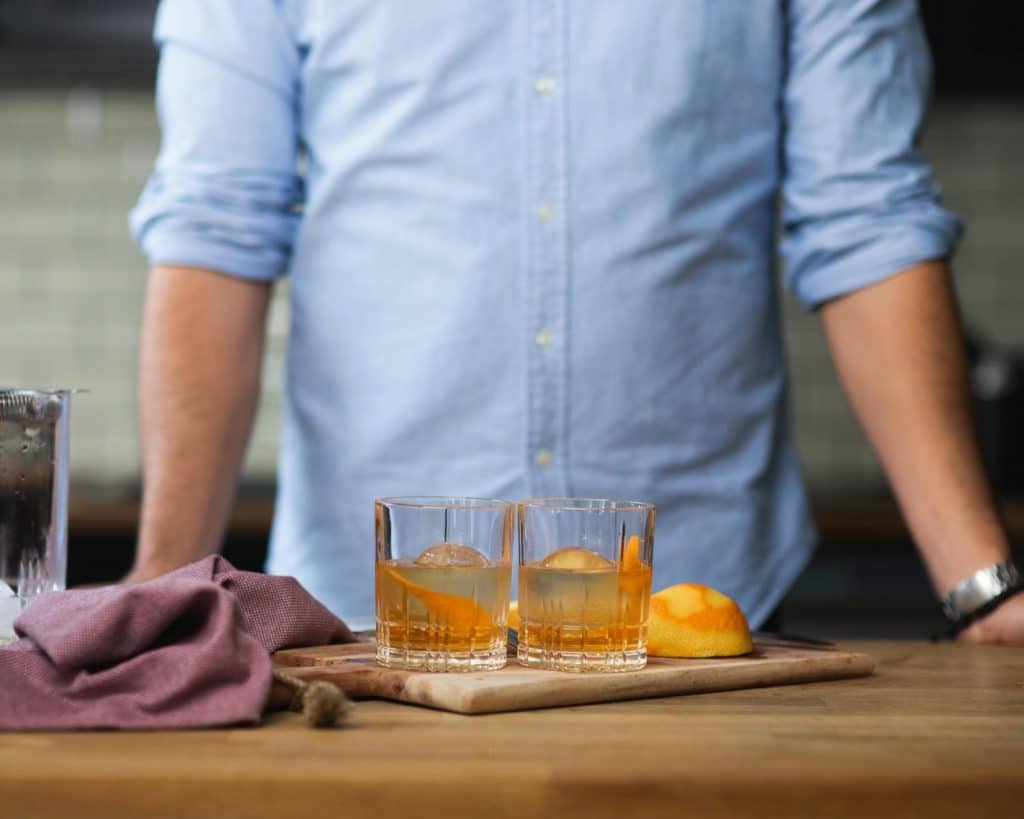
Ideas recipes
A deep orange shimmering Negroni, a summery fresh Mojito, a classic Gin and Tonic or perhaps a Sprizz with sparkling Prosecco and grapefruit? Many of our first-class products can be enjoyed as cocktails or long drinks. Let our recipes inspire you.
Register
and benefit
Get to know us
personally
Marke
- A
- Aerstone
- Ailsa Bay
- B
- Benriach
- Bunnahabhain
- D
- Deanston
- G
- Glenfiddich
- Glenglassaugh
- Grant’s
- H
- Highland Park
- L
- Ledaig
- M
- Monkey Shoulder
- T
- The Balvenie
- The Famous Grouse
- The GlenDronach
- The Glenrothes
- The Macallan
- Tobermory
Reset all filters
-
-
Brand

